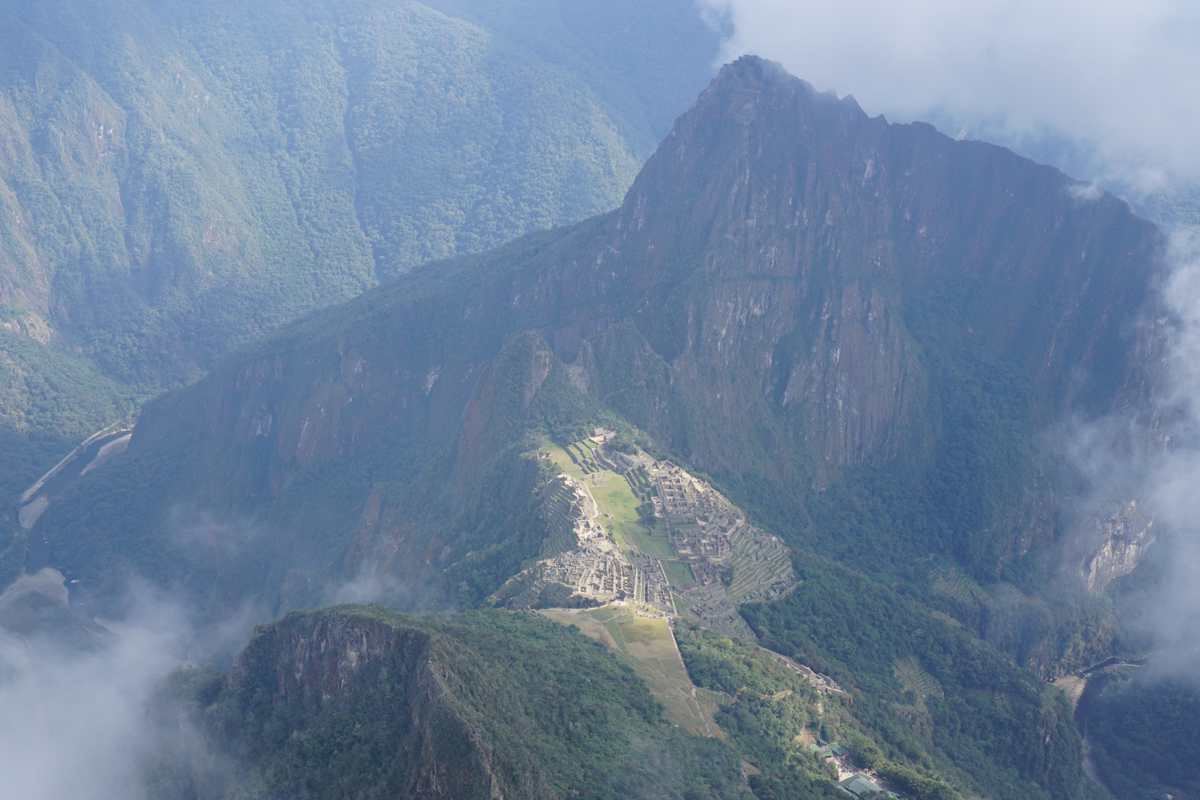They don’t tell you before you become a parent how much of a physical challenge it will be. Everyone hears about the mental challenges and the relationship stresses, yes, but physically speaking the demands are understated. Before you have kids, you think pulling an all-nighter is a pretty big deal, and you have no idea how valuable it is that you most likely have multiple chances to catch up on sleep pretty much anytime you want. Once you are a parent, things change. A single all-nighter can be handled, yes, but what about a consistent sleep interruption at 1:00 am, or 4:00 am, or both, that continues for weeks, or maybe months? I don’t care what anybody says, I think any parent, at least any parent who is attentive to their child(ren), is forced to become one of the toughest, most resilient people on the planet.
The second best thing about such toughness training (second only to the experience of watching your child(ren) grow and change) is that you can take that inner strength with you anywhere you go. For example, Peru. After a week of manual labor with a 20,000 step commute each day, you can roll headlong into 60 hours of travel without batting an eye. This was my experience after finishing the water project high in the Andes Thursday night, touring Cusco Friday, and ending up in Aguas Calientes on nearly the last train of the day and getting to sleep a little after midnight. A 4:30 am wake-up call the next morning would have seemed very daunting to my younger self, but to this newly-minted parent it didn’t seem that much different from the average day.
It probably helped that the early rising was for the purpose of reaching Macchu Picchu, the fantastic Incan ruins that were constructed on a ridgetop with impossibly steep slopes down three sides and which include buildings placed with incredibly accurate alignment to the movements of various stars and the sun. Because it is 2015, and world travel is probably easier than it has ever been, our small group of eight were not the only ones who found themselves stumbling in the dark through a humid pre-dawn to catch “the first bus”. Macchu Picchu currently allows about 4,000 people to visit every day, and close to 1,000 of those visitors were already in line by the time the first buses started arriving around 5:00 am.
We arrived at the entry gate, no small feat after a bus ride that had to negotiate 14 switchbacks while frequently backing up to safety to allow each oncoming, downhill bus to pass, to a complete, foggy white-out. We were walking through and next to the ancient walls, and could not see any more than 10 feet. This turned out to be a blessing in disguise, as we elected to attempt the climb of Macchu Picchu mountain to see if we could rise above the fog. We reached the check-in gate for the climb by 6:45, and were not allowed to start climbing until 7:00 am. Our group were the first 8 signatures in the climb log for that day, and all of a sudden the threat of spending the day elbow to elbow with a couple thousand people vanished. We probably could have deduced that there might have been reasons why very few visitors actually summit the mountain, but I didn’t say that the parenting lack-of-sleep marathon made people smarter, just tougher.
As it turns out, it is an incredible climb up to the summit! With just a few hundred feet of typical trail, the journey is mostly made up of stone steps, many hand-placed, and many just hand-cut into solid rock.

I made the unfortunate decision of starting a stair count at the bottom, and by the time we reached the top nearly one hour and ~2,060 stairs later, well, let’s just say I didn’t want to be counting any more. The top, however, welcomed us with a vantage point above the clouds, and a few minutes of waiting allowed the lower clouds and fog to slowly burn off and reveal the sacred valley in some unforgettable views.


